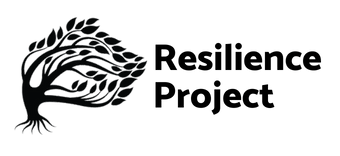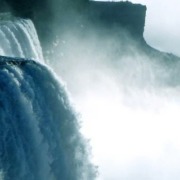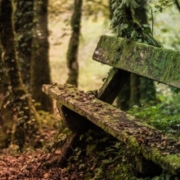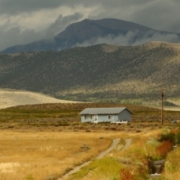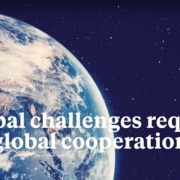The Cascade Institute
is a Canadian research centre addressing the full range of humanity’s converging environmental, economic, political, and technological crises. Using advanced methods for mapping and modeling complex global systems, Institute researchers will identify, and where possible help implement, high-leverage interventions that could rapidly shift humanity’s course towards fair and sustainable prosperity.
The Institute is located at Royal Roads University in British Columbia, a leader in training professionals to apply creative solutions to entrenched problems. Its director is Thomas Homer-Dixon, an award-winning scholar and author with deep experience in using complexity science to anticipate, analyze, and respond to global threats.
Image courtesy of Pixabay.com
